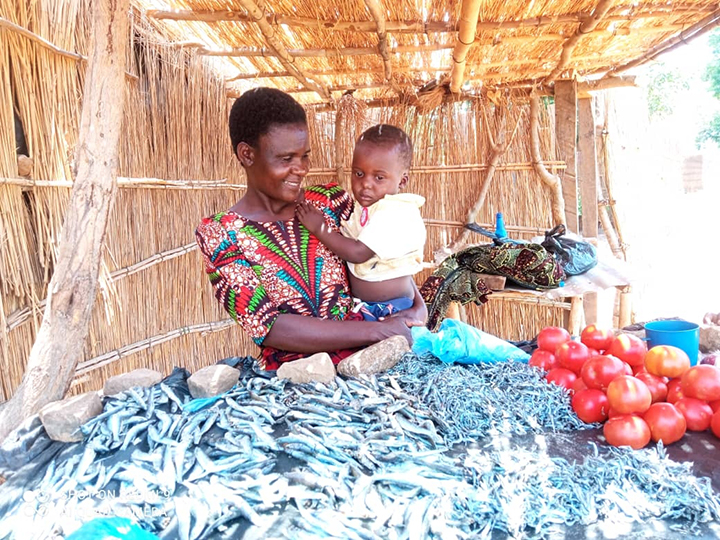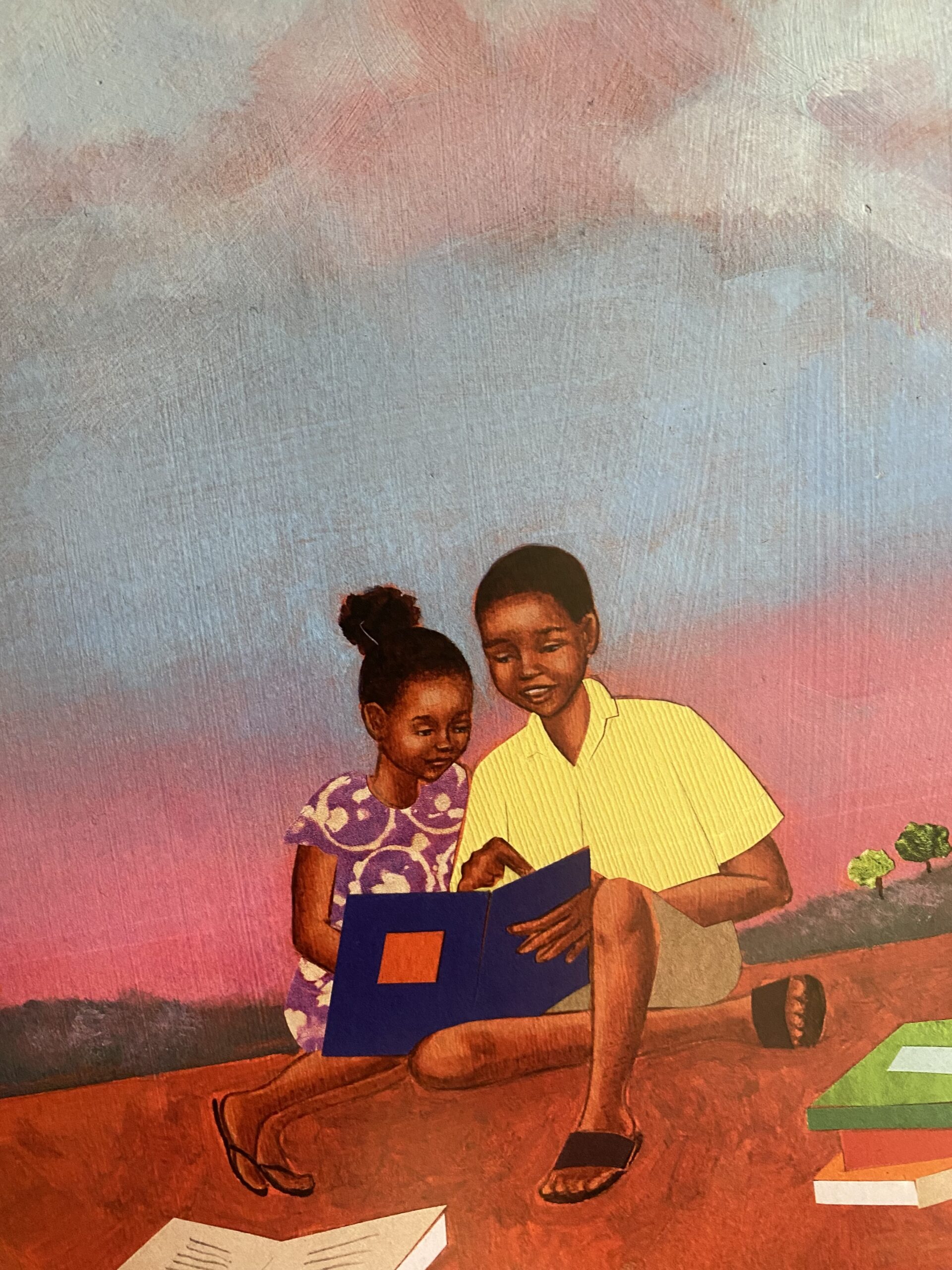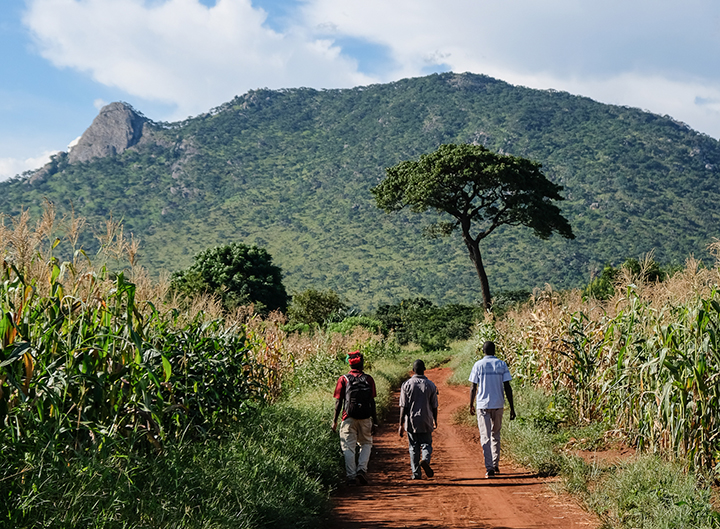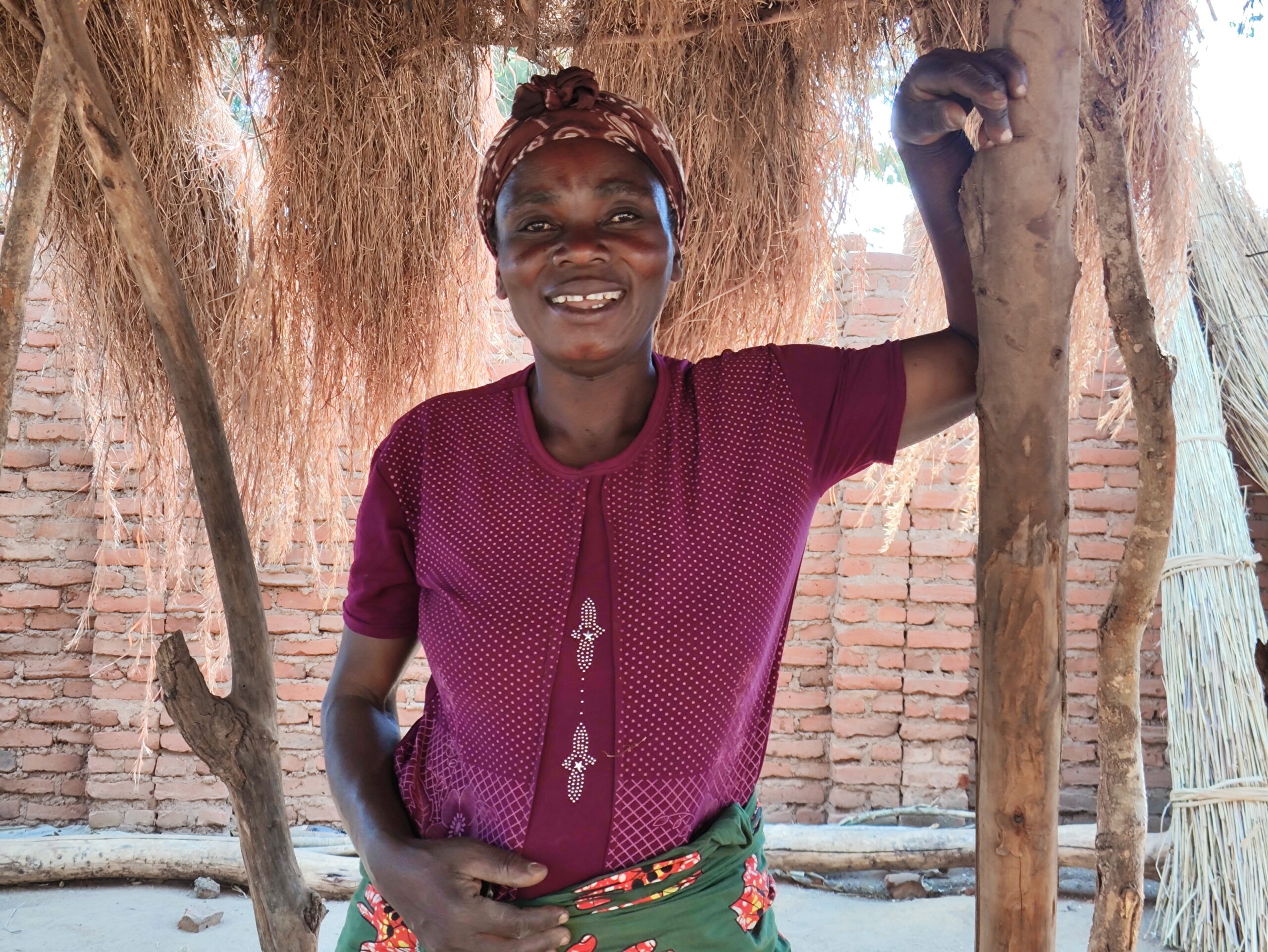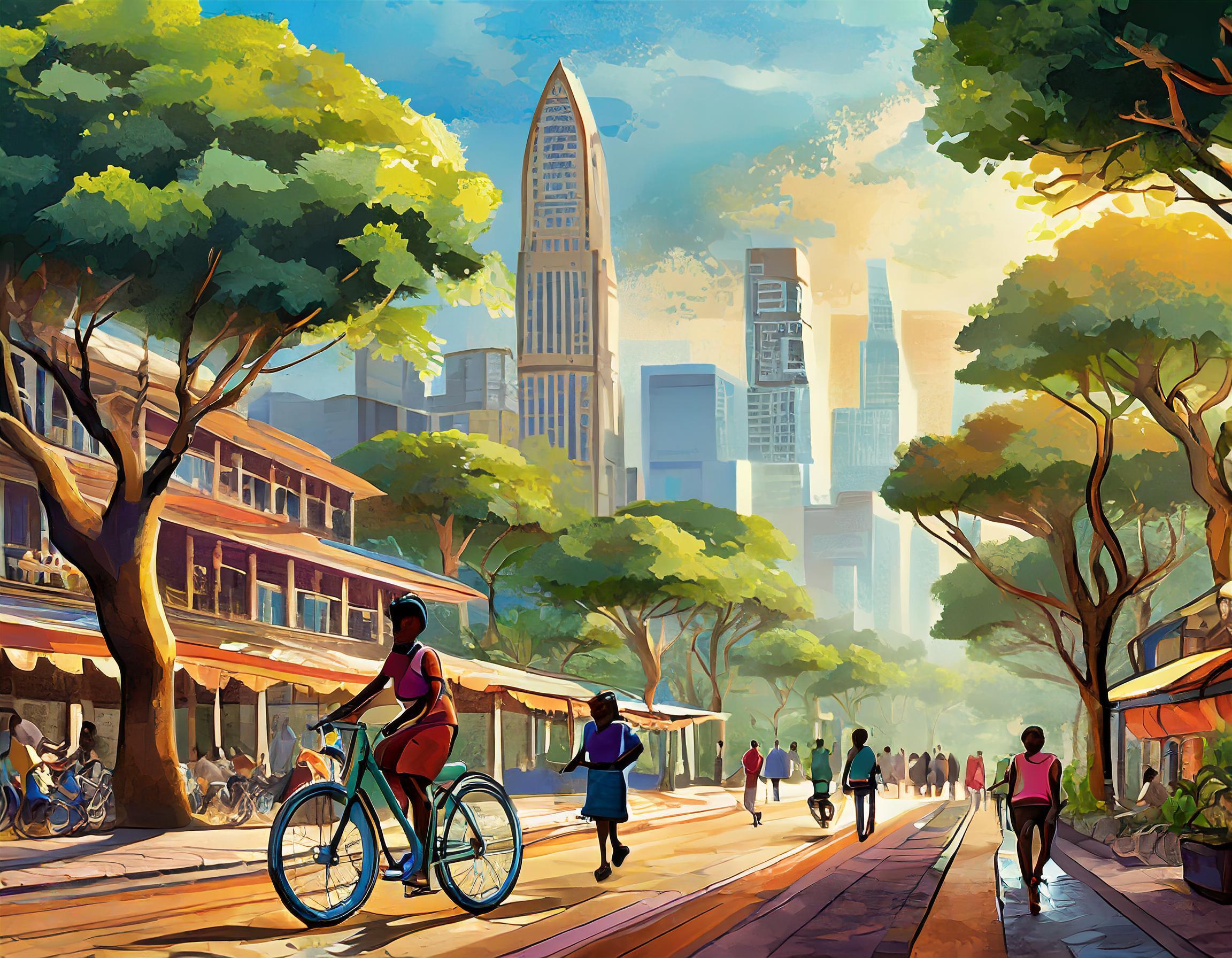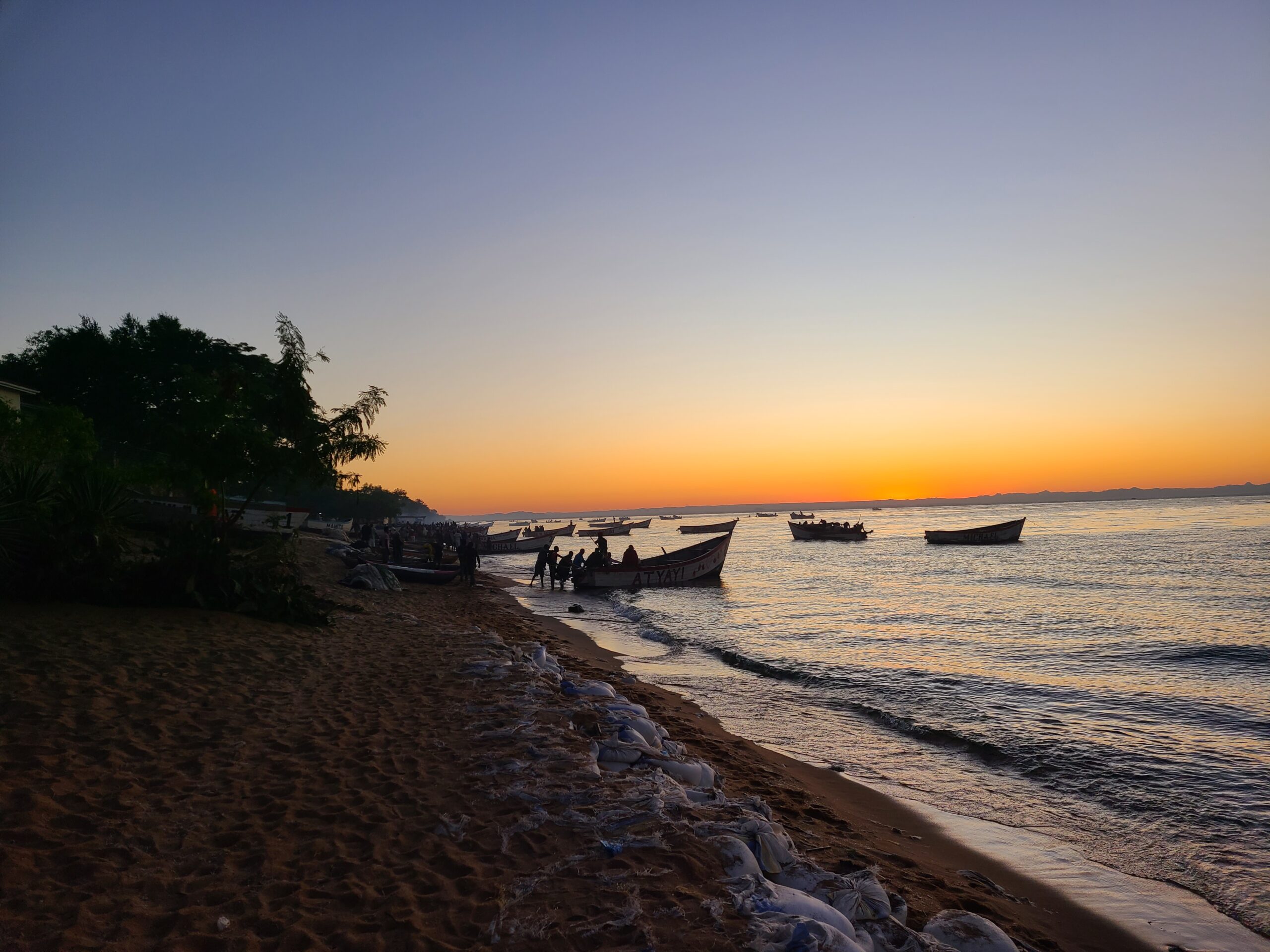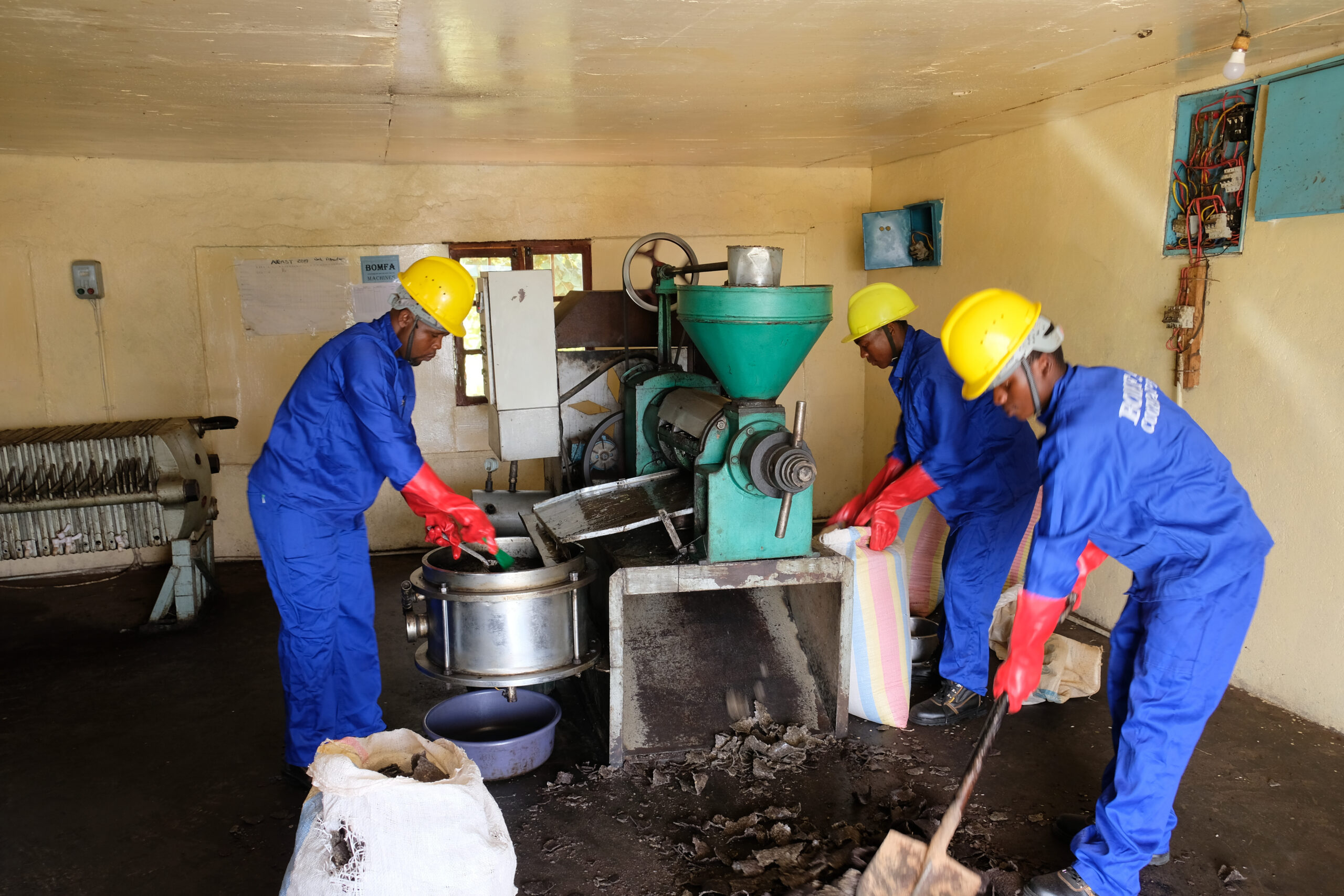Malawian culture has always been known as a treasure trove of wisdom, and proverbs being an integral part of our rich heritage. These timeless sayings have been passed on through generations, offering guidance, direction, and warnings that shape our values, beliefs, and daily lives. In our upcoming blog series, we will delve into the world of Malawian proverbs, exploring their meanings, contexts and significance. Read today's blog post which serves as an introduction to our journey.
The Culture of Malawi: Chitenje Cloth and Traditional Dress
Chitenje cloth is part of traditional dress in Malawi
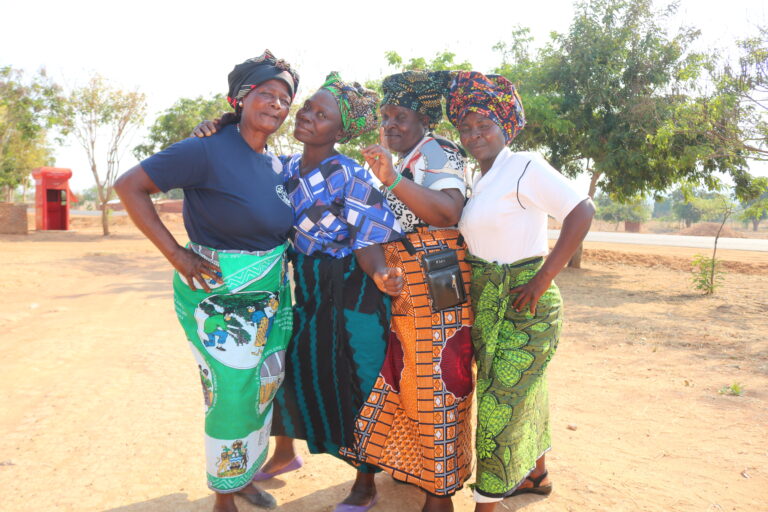
Chitenje cloth is part of traditional dress in Malawi
Bright, colorful fabrics worn as skirts, headwraps, or even as baby carriers, chitenje cloth is part of the fabric of African life and reflects the rich cultural heritage of Malawi and other African countries. In this blog, we’ll explore how chitenje is used in Malawi.
The origins of chitenje cloth
Chitenje cloth traces its origin to Indonesia and was brought to Africa hundreds of years ago by traders. Popular for its bright colors and enticing patterns, chitenje, also known as ankara fabric, is common in Eastern Africa. In Malawi, you will commonly find chitenje for sale in marketplaces as whole sheets, which are 2.5 yards long by a width of approximately 46-48 inches. It is thickly waxed, giving it a sheen and heft that makes it ideal for many purposes.
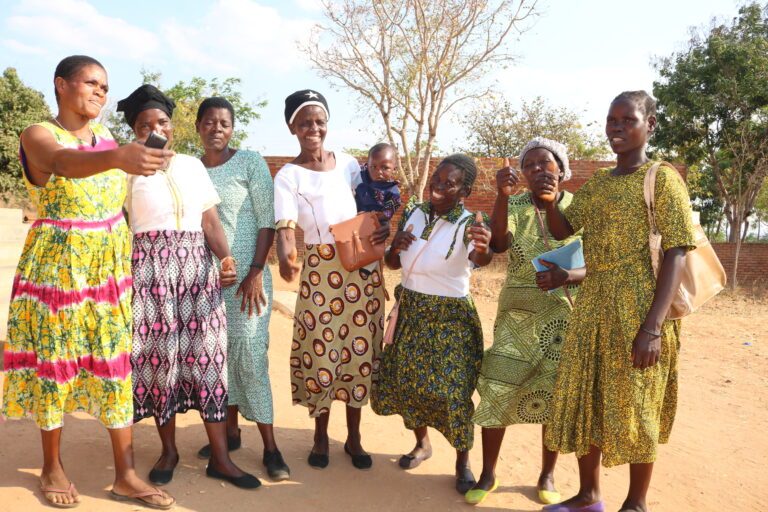
Chitenje cloth and traditional dress in Malawi
In rural areas of Malawi, women wear chitenje as a wrap skirt or dress, tied off in a knot. It is also used wrapped around the body as a baby carrier, as well as a wrap for newborns. Rural Malawian women generally keep their legs covered at all times, and the large size of chitenje makes this easy to achieve.
In more urban areas of Malawi, women tend to dress in more Western styles, but still often use chitenje as a head wrap or have it tailored into a dress, shirt, or even purses and bags. Historically, men did not wear chitenje, but recently have been encouraged to do so by politicians and those in authority.
Political significance of chitenje in Malawi
Beginning with the first president of Malawi, Hastings Kamuzu Banda, it has been popular for political parties to commission special chitenje for each election with the face and colors of the candidate who is running for office. People who support that candidate then wear those chitenje to rallies and other events to show their support. The cost of this practice has become a debate, with some Malawians feeling that it is an unnecessary expense in a country that has a struggling economy.
Cultural significance of chitenje cloth
Chitenje cloth holds special significance in African culture and reflects the varied styles of the countries where it is found. There is never a shortage of new patterns and women will often purchase several of the same cloth so that they can match with their family or friends. Chitenje cloth is a stylish and vibrant way for women and men to express themselves, as well as providing an affordable piece of clothing for Malawians.
To learn more about Malawian culture, check out our other blogs on Malawian food and Malawian religions, and stay tuned for more in this series!
The Orant Journal
As Big as the Sky Book Review
Read today’s blog about the children’s book, “As Big as the Sky”, a Malawian story about a brother and sister whose love for each other is as big as the sky.
Orant’s Values
“Orant respectfully serves and collaborates with our community in a sustainable way.”
The Village Chief’s Vital Role
Ever wondered why we always mention village chiefs and their involvement in Orant’s work? If yes, then today’s blog article is for you! In this article, we talk to Village Head of Kasese Village in Dowa, who tells us about her duties and why her involvement with Orant is important. Read today's blog article to learn more.
The End of Plenty Book Review
Recently, we read The End of Plenty by Joel K. Bourne Jr. An honest and sometimes scathing review of the Green Revolution, this book covers how monoculture crops have led to worsening hunger across the world. As the planet warms, the need is ever more urgent for us to find a solution to humanity’s desperate need to feed 9 billion people.
Urbanisation in Malawi: MW2063 Pillar #3
As we have discussed in some of our past blogs, Malawi Vision 2063 has three key pillars that guide the focus of the Vision. These three pillars are meant to build on each other to create the inclusively wealthy and self-reliant nation that they envision. In this blog, we will look at the third pillar of MW2063: Urbanisation.
Best Things to Do in Malawi
Whether you are planning an African trip or just curious about the things we love about Malawi, read today’s blog to see the best things to do in Malawi!
Holidays in Malawi
Holidays are here again and we are so excited! Most of our team is taking time off with their families and loved ones, so please enjoy this blog while we are away. Celebrate the holidays with us the Malawian way!
The Culture of Malawi: Malawian Religions
Introducing you to the culture of Malawi through a series of articles! The culture of Malawi is strong in spirituality and most people are active in religious groups. We’ll tell you about Malawi’s main religions and the people who practice them. Read on for more.
Industrialisation in Malawi: MW2063 Pillar #2
As we have discussed in some of our past blogs, Malawi Vision 2063 has three key pillars that guide the focus of the Vision. These three pillars are meant to build on each other to create the inclusively wealthy and self-reliant nation that they envision. In this blog, we will look at the second pillar of MW2063: Industrialization.

